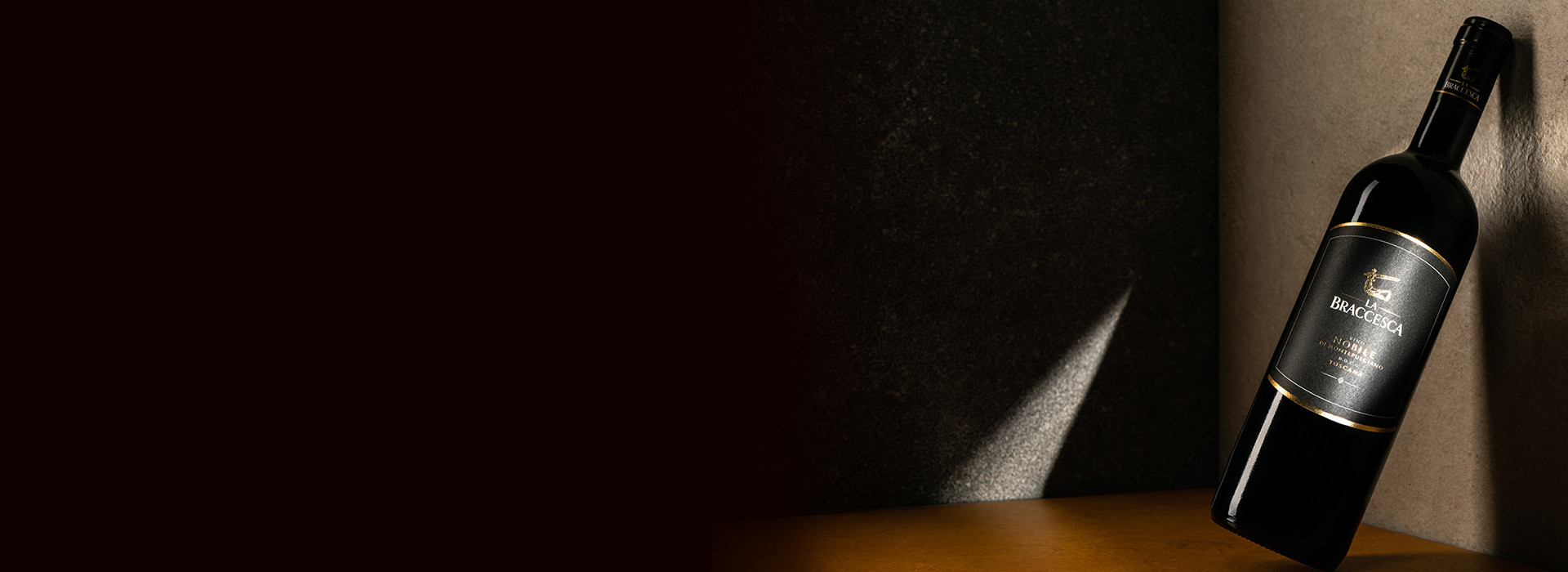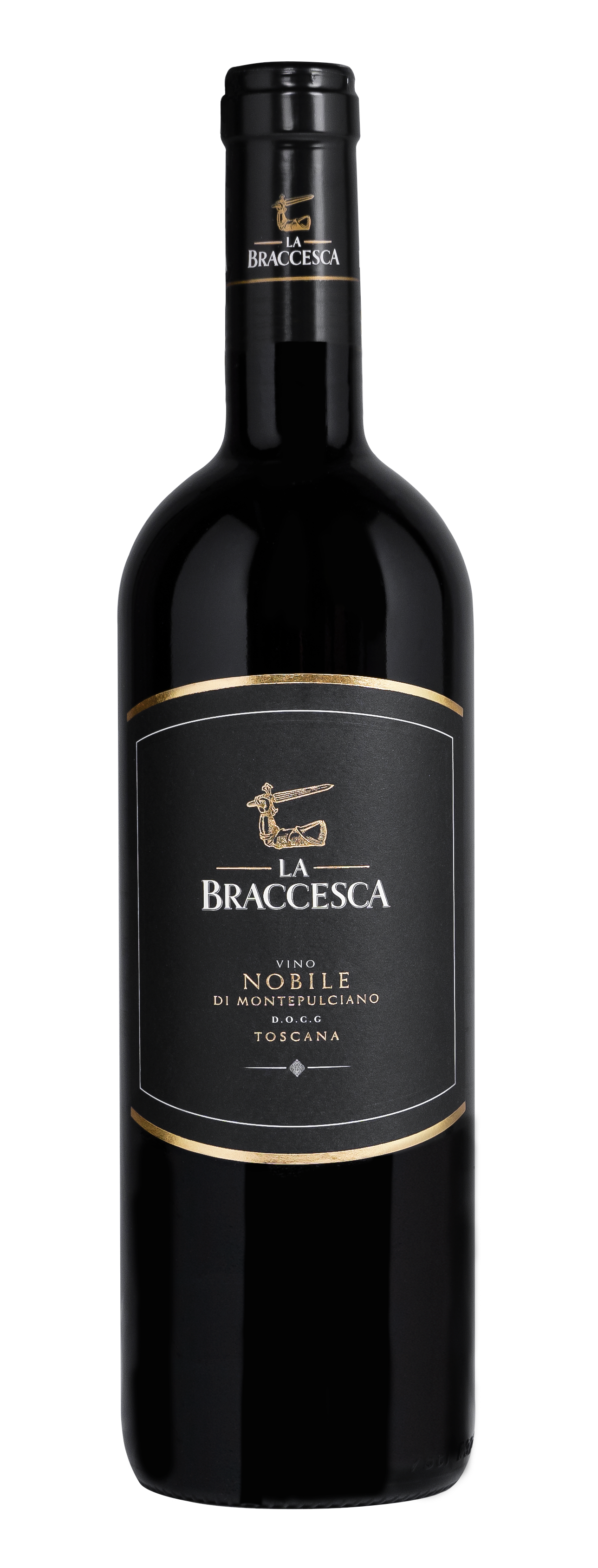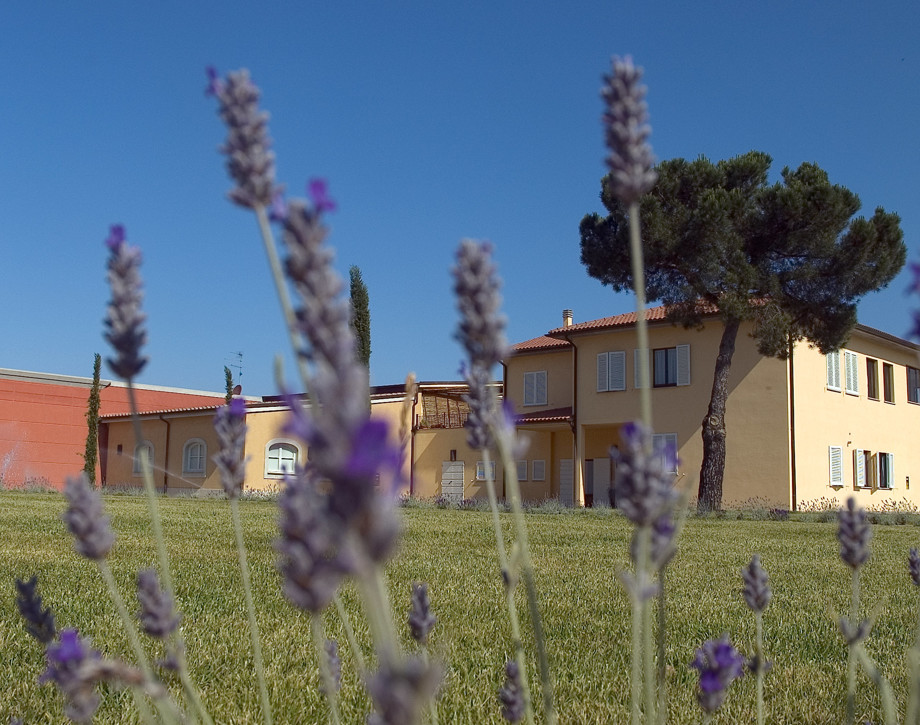La Braccesca

Climate
After a rainy winter, but one with temperatures which were not particularly cold, a normal spring climate led to an excellent flowering. A cool period which lasted up until the early part of August favored an optimal development of vine vegetation. Temperatures then rose substantially and remained quite high until September 17th; the typical temperature swings between daytime heat and evening and nighttime coolness typical of the late summer season lacked as well, slowing the ripening of such precocious varieties as Merlot. Once normal weather returned, however, other grape varieties were able to complete their ripening cycle. The resulting wines were characterized by a good structure and balanced aromas.
Vinification
The rise in temperatures in August of 2011 and their return to normal levels in the final phases of the ripening of the Sangiovese grapes led to structured wines with fresh and expressive aromas. The fermentation, accordingly, aimed to conserving the pleasurable fruity notes of the musts without excessively pushing extraction, given the “generous” character and personality of the grapes. The period of skin contact lasted approximately fifteen days and was followed by an aging period in large casks, where the wine also went through its malolactic fermentation, of at least twelve months. The wine was bottled in the spring of 2013 and was then given an additional twelve month period of bottle aging before commercial release.
Historical Data
La Braccesca extends over a total surface area of 1270 acres (508 hectares) once the property by the Bracci counts, who gave both their name and their coat of arms – an armoured arm holding an upright sword - to the estate. The total vineyard surface amounts to 850 acres (340 hectares) and is divided into two different blocks. The first, with 592 acres (237 hectares) of vineyards, is located on the boundary line between the two townships of Montepulciano and neighboring Cortona. The other block, 355 total acres of which 257 (104 hectares) are planted to vines, extends all the way to the city of Montepulciano itself and takes in three historic sub-zones for the production of outstanding red wine: Cervognano, Santa Pia, and Gracciano. The first vintage of the La Braccesca Vino Nobile di Montepulciano DOCG was produced in 1990.
Tasting Notes
A brilliant ruby red in color, the wine shows aromas of red currants and blackberries accompanied by light notes of violets and tobacco. Full and supple on the palate, the flavors once again show red fruit together with delicate notes of vanilla and tobacco. The wine is soft on the finish with balanced tannins and acidity, which add to its savor and persistence.
Awards
Wine Advocate 90/100 USA

The Wine
Vino Nobile di Montepulciano is a blend of traditional Sangiovese with a small percentage of Merlot from the best sub-zones of the DOCG appellation. Vino Nobile has a distinctive, balanced and elegant character.

Climate
After a rainy winter, but one with temperatures which were not particularly cold, a normal spring climate led to an excellent flowering. A cool period which lasted up until the early part of August favored an optimal development of vine vegetation. Temperatures then rose substantially and remained quite high until September 17th; the typical temperature swings between daytime heat and evening and nighttime coolness typical of the late summer season lacked as well, slowing the ripening of such precocious varieties as Merlot. Once normal weather returned, however, other grape varieties were able to complete their ripening cycle. The resulting wines were characterized by a good structure and balanced aromas.
Vinification
The rise in temperatures in August of 2011 and their return to normal levels in the final phases of the ripening of the Sangiovese grapes led to structured wines with fresh and expressive aromas. The fermentation, accordingly, aimed to conserving the pleasurable fruity notes of the musts without excessively pushing extraction, given the “generous” character and personality of the grapes. The period of skin contact lasted approximately fifteen days and was followed by an aging period in large casks, where the wine also went through its malolactic fermentation, of at least twelve months. The wine was bottled in the spring of 2013 and was then given an additional twelve month period of bottle aging before commercial release.
Historical Data
La Braccesca extends over a total surface area of 1270 acres (508 hectares) once the property by the Bracci counts, who gave both their name and their coat of arms – an armoured arm holding an upright sword - to the estate. The total vineyard surface amounts to 850 acres (340 hectares) and is divided into two different blocks. The first, with 592 acres (237 hectares) of vineyards, is located on the boundary line between the two townships of Montepulciano and neighboring Cortona. The other block, 355 total acres of which 257 (104 hectares) are planted to vines, extends all the way to the city of Montepulciano itself and takes in three historic sub-zones for the production of outstanding red wine: Cervognano, Santa Pia, and Gracciano. The first vintage of the La Braccesca Vino Nobile di Montepulciano DOCG was produced in 1990.
Tasting Notes
A brilliant ruby red in color, the wine shows aromas of red currants and blackberries accompanied by light notes of violets and tobacco. Full and supple on the palate, the flavors once again show red fruit together with delicate notes of vanilla and tobacco. The wine is soft on the finish with balanced tannins and acidity, which add to its savor and persistence.
Awards
Wine Advocate 90/100 USA

Tenuta La Braccesca
The estate’s name comes from the historical farm that once stood there, owned by the Count of Bracci, whose coat of arms appears on the estate’s logo; an arm covered with armor brandishing a sword. Marchesi Antinori acquired the estate in 1990. The property extends over an area of 508 hectares (1255 acres) and the vineyards cover an area of 340 hectares (840 acres) divided into two blocks: the first is 366 hectares (904 acres) of which 237 (585 acres) are planted with vineyards and is located on the border between the cities of Montepulciano and Cortona. The other block is 142 hectares (350 acres) of which 103 (254 acres) are planted with vineyards, it extends all the way to Montepulciano encompassing three of the most famous parcels of land known for the production of great red wines: Cervognano, Santa Pia and Gracciano.

Soil
Sandy loam rich in very fine gravel.
















